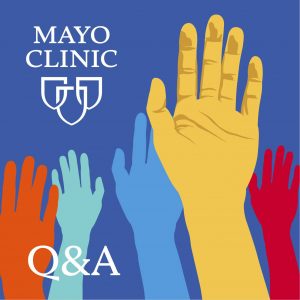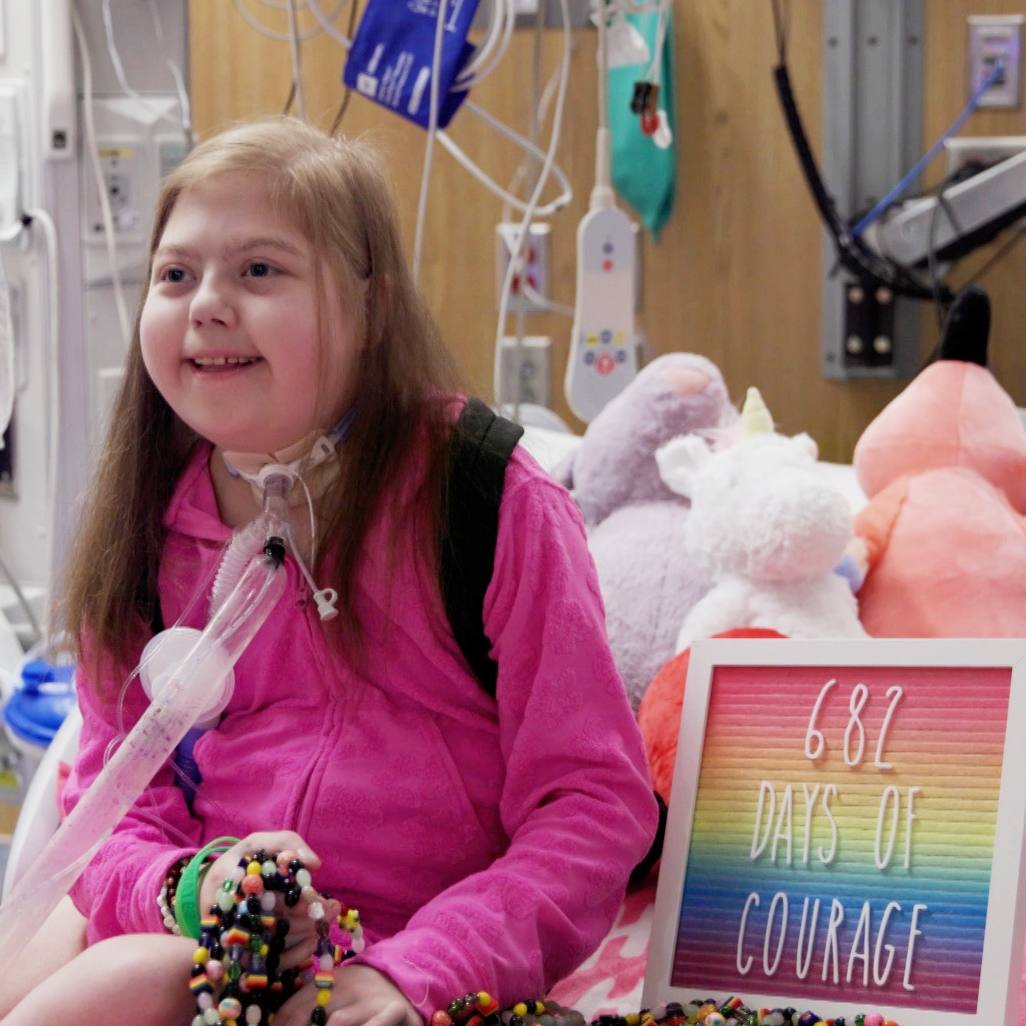-
Ask the Mayo Mom: Managing sickle cell disease in children and teens

Sickle cell disease is a group of inherited red blood cell disorders. Red blood cells are usually round and flexible, so they move easily through blood vessels. With sickle cell disease, some red blood cells are shaped like sickles or crescent moons, become rigid and sticky. These sickle-cell shaped cells can slow or block blood flow.
The most common type of sickle cell disease is sickle cell anemia. Red blood cells usually live for about 120 days before they need to be replaced. But sickle cells typically die in 10 to 20 days, leaving a shortage of red blood cells, or anemia. Without enough red blood cells, the body can't get enough oxygen, and this causes fatigue.
For a baby to be born with sickle cell anemia, both parents must carry a sickle cell gene. In the U.S., sickle cell anemia most commonly affects people of African, Mediterranean and Middle Eastern descent.
On the Mayo Clinic Q&A podcast, Ask the Mayo Mom host Dr. Angela Mattke, a Mayo Clinic pediatrician, is joined by Mayo Clinic Children’s Center experts Dr. Asmaa Ferdjallah, pediatric hematologist and bone marrow transplant physician, and Dr. Emily McTate, pediatric psychologist, to discuss managing sickle cell disease in pediatric patients and the latest advancements in treatment of sickle cell disease, including bone marrow transplant.
For more information and all your COVID-19 coverage, go to the Mayo Clinic News Network and mayoclinic.org.

Related Articles







